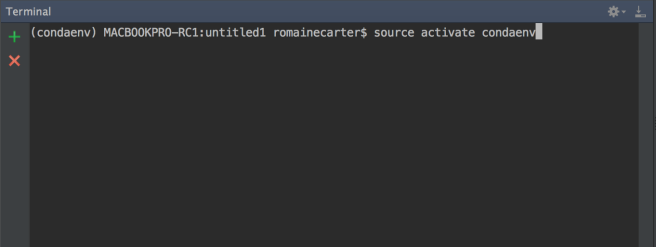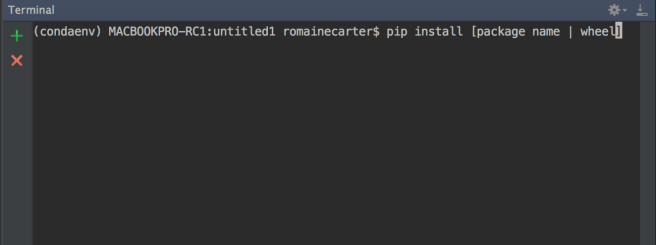A Hidden Markov Model is a statistical model that can be used to determine the underlying processes that affect a particular observed outcome. A HMM can be presented as the simplest dynamic Bayesian network. The mathematics behind the HMM were developed by L. E. Baum and coworkers. It is closely related to an earlier work on the optimal nonlinear filtering problem by Ruslan L. Stratonovich, who was the first to describe the forward-backward procedure.
In simpler Markov models (like a Markov chain), the state is directly visible to the observer, and therefore the state transition probabilities are the only parameters. In a hidden Markov model, the state is not directly visible, but the output, dependent on the state, is visible. Each state has a probability distribution over the possible output tokens. Therefore, the sequence of tokens generated by an HMM gives some information about the sequence of states. The adjective ‘hidden’ refers to the state sequence through which the model passes, not to the parameters of the model; the model is still referred to as a ‘hidden’ Markov model even if these parameters are known exactly.
Example:
Consider two friends, Alice and Bob, who live far apart from each other and who talk together daily over the telephone about what they did that day. Bob is only interested in three activities: walking in the park, shopping, and cleaning his apartment. The choice of what to do is determined exclusively by the weather on a given day. Alice has no definite information about the weather where Bob lives, but she knows general trends. Based on what Bob tells her he did each day, Alice tries to guess what the weather must have been like.
states = ('Rainy', 'Sunny')
observations = ('walk', 'shop', 'clean')
start_probability = {'Rainy': 0.6, 'Sunny': 0.4}
transition_probability = {
'Rainy': {'Rainy': 0.7, 'Sunny': 0.3}
'Sunny': {'Rainy': 0.4, 'Sunny': 0.6}
}
emission_probability = {
'Rainy': {'walk': 0.1, 'shop': 0.4, 'clean': 0.5}
'Sunny': {'walk': 0.6, 'shop': 0.3, 'clean': 0.1}
}
Implementation in Python:
References:
hmmlearn
wikipedia

